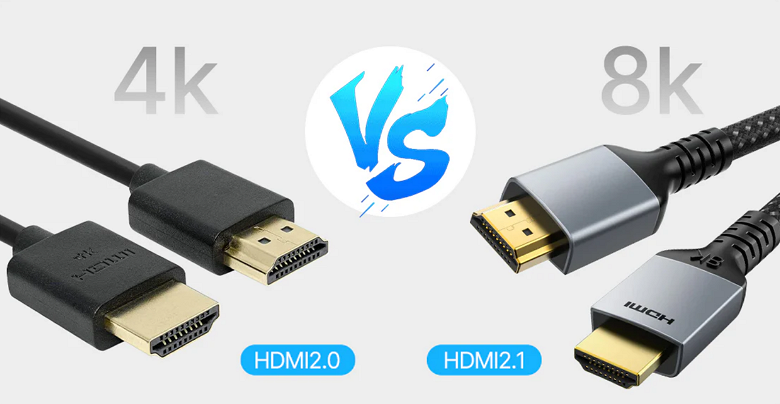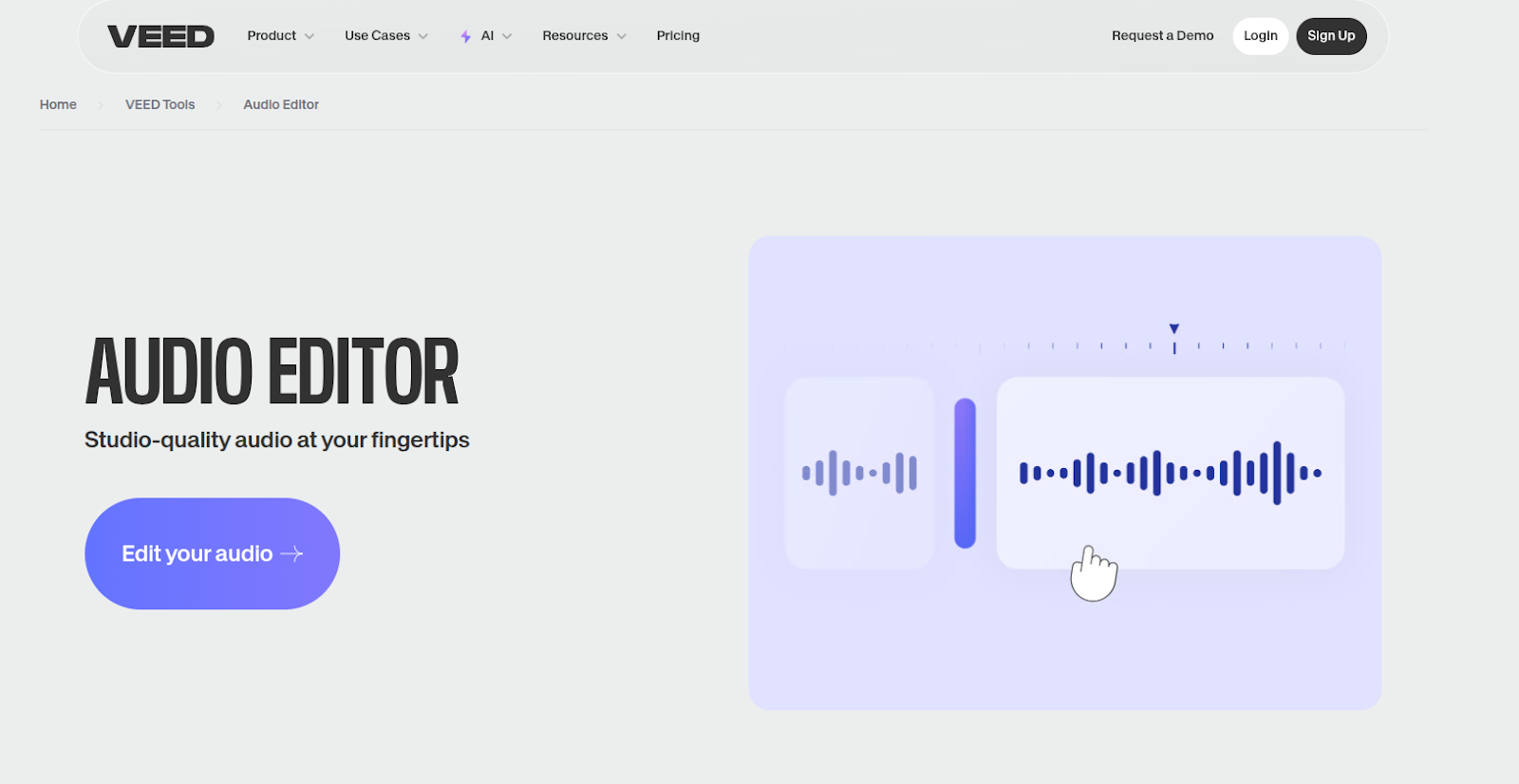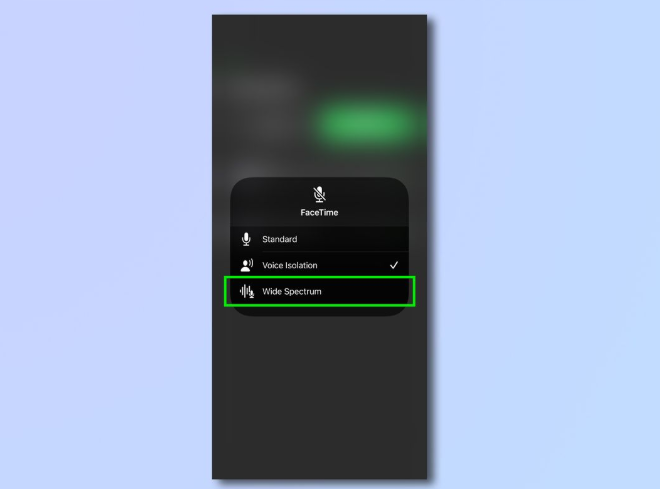The topic looks counterintuitive since most users look for ways to upgrade their audio by tweaking their mic settings. But a microphone that sounds bad can be good for many reasons. But wait! Does a microphone really sound bad? Here’s the thing! All microphones are created with the intention of capturing high-quality audio (unless they are extremely cheap). However, producers, artists, and sound engineers use various techniques to degrade the audio quality to fulfill their purposes.
So, in this article, you will explore 7 ways to make your microphone sound bad by playing with compression, distortion, and other effects.
7 Techniques to Make Your Microphone Sound Bad on Purpose
Here are a few methods that can help degrade the audio quality of the mic.
Use Low-Quality Equipment and Apply Incorrect Settings
Definitely, if you use low-quality equipment and set improper audio settings, it will make a microphone sound much worse than it is. For instance, the choice of inexpensive microphones, faulty cables, and basic audio interfaces that are hardly clear and introduce interference will do the job.
The computer audio drivers should be set to low bit rates and low sample rates for extra sound fidelity loss. One should stick to old out-of-date gear or dollar-store gear that sounds terrible with rough, grainy audio.
You can try using old recording devices to record a sound which you would think is drop-out and unrefined. This can be done by intentionally changing the settings to limit the frequency response and adding some digital artifacts.
Pro Tip: Some microphones are manufactured using advanced technology. Therefore, you may not force them to capture bad audio. For example, the Hollyland Lark Max is a professional wireless microphone. It is equipped with Max Timbre technology to ensure studio-quality audio. Plus, it is made to prevent your audio from unwanted background noise with its Professional Environmental Noise Cancellation (ENC) feature.
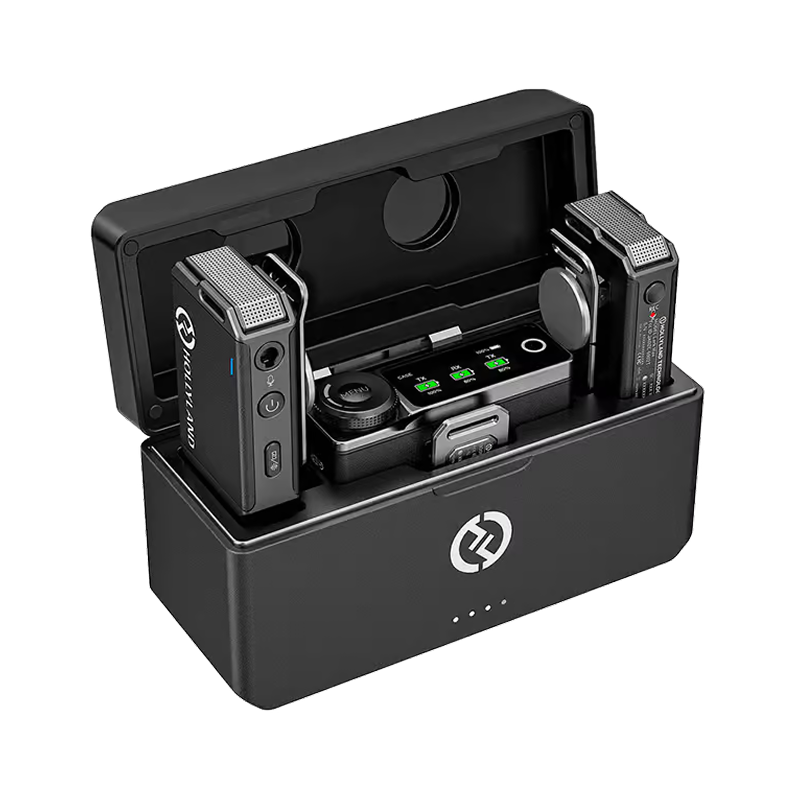

Hollyland LARK MAX - Professional Wireless Microphone
A professional wireless microphone system featuring studio-quality audio with advanced noise cancellation.
Key Features: Studio-Quality Audio | Magnetic Attachment | 8GB Internal Recording
So, if you have a professional microphone with a noise-canceling feature, you will need to use audio tools, plugins, and effects to degrade the sound quality, as mentioned below.
Apply Overdrive and Distortion

The application of overdrive and distortion techniques can worsen the audio captured from your mic. To achieve that, you can increase the input gain to a level that will cause signal clipping, and hence, the microphone will pick up harsh and grungy tones. Use distortion effect pedals or audio effect software to exaggerate sound imperfections. It is also possible to let the mic record distorted phrases and the extra noise that comes from a badly set compressor.
One way of doing it in the digital audio workstations is to set the microphone to overload. You might also want to experiment with parallel channels that contain the clean and distorted parts. This method gives the voice an added unwanted character but still retains some audible elements. Therefore, the voice sounds like a form of intentional degradation that is not of high fidelity, and this is perfect for music that needs a crude, edgy, and unconventional audio stylization.
Add Noise Purposely

Unwanted noise, which is intentionally introduced into the microphone signal, is a technique to lower the overall sound quality. Some methods include mixing white noise, tape hiss, or environmental sounds into the original recording. Momentarily, street traffic, fans, or crowded room chatter set as background can be recorded while capturing the sounds. Noise generators can also be used to generate a continuous hiss or hum.
Moreover, digital audio settings can be slightly changed to add grainy or static effects. The microphone can be set to pick up any additional environmental noises that cover the main voice. The end result is a combination of sounds that is hard to understand and makes the environment seem poorly managed.
Use the Muffling Technique and Tweak EQ

Reduce clarity by muffling the microphone’s sound. Cover the microphone with cloth or foam to limit high frequencies and clarity. Adjust the equalizer to cut off high ranges while emphasizing low tones, which creates a dull, muffled effect. Speak very close or far from the mic to alter the frequency balance and lose detail.
Likewise, remove pop filters to allow extra moisture and distortion from breath and saliva. These settings force the mic to capture a limited spectrum of sound, creating a flat and unrefined recording. This technique works well for creative projects that need a vintage or lo-fi vibe, as it intentionally compromises the mic’s natural clarity.
Use Delay and Covolution Effects

If you want to produce a distant tone and warped sounds that seem like an old announcement system or poor-quality phone call, this technique can help you achieve it.
Use heavy echo and reverb settings to ruin the microphone’s quality. One of the ways to do it is by flooding effects in your DAWs to give a cavernous, live-performance touch to the audio. Another way to do so is by using convolution effects with impulse responses from toy speakers, doorbells, or TVs to add a weird character to the sound.
If you’re using reverb and delay effects, apply them in multiple layers until the voice becomes lost in a maze of sound. You can also try setting the parameters too high to exaggerate natural room acoustics and unwanted reflections.
Manipulate Audio with Excessive Compression

Before you apply this technique, let’s understand how it actually works and how it ruins your microphone sound. Basically, it magnifies small sounds, which are usually overlapped or hidden using audio tools. Therefore, the final outcome, or the voice, is rough and edgy.
Manipulate the microphone’s sound by using overcompression. Set the input signal high and then apply a compressor with slow attack fast release so that it sounds like a sucking effect. This means that you can capture all the sounds, even the breath and background noise. Insert warm tube emulators or mic modelers to prominently change the sound.
Modify the parameters until the compressor actually produces an abrasive bounceback. The compressor’s extra gain and additional compression can simulate a mic overload.
Experiment with Mic’s Placement and Use Alternatives
Place the microphone in unsuitable positions to make the sound worse. Recording outdoors in windy and noisy areas is another way to pick up unwanted ambient sounds. The distance of the mouth to the mic can be too close or too far, which can distort the voice. The microphone can register harsh breaths when the airflow directly faces it.
You can also experiment with the angles and the props, like using headphones as a microphone or setting feedback loops with nearby speakers. It is also noted that adjusting the input sensitivity to high can help you achieve the effect of clipping.
2 Reasons Why Making Your Microphone Sound Bad is Good
There are a few reasons that may justify low-quality audio from the mic. So let’s have an overview of them.
To Sound Unique
Musicians mix and create sounds with a very unique and very personal style. Sometimes, they intentionally include the sound of the microphone, which is rough and grainy, to show a certain spirit and feel that is stronger. This method is very effective in styles like lo-fi hip-hop, indie rock, and experimental music.
Artists use distortion and noise to challenge their creativity and to introduce a raw and authentic sound that serves as a benchmark of their work. The fresh sound in these tracks transforms the regular recordings into something new and trending.
To Produce Certain Sound Effects in Movies
Sound designers and filmmakers manipulate environments by deliberately using mic sound that is degraded. They opt for distorted and grainy sound to create tension in horror films and to evoke a sense of mystery in thrillers. The creators make use of the vintage effects simulation in order to be true to the period of the films.
They have the power to set each sound individually to good emotional and character depth in the scenes. The use of rough audio allows the listener to imagine scenes differently. For instance, when the character is in a spooky world or in some old times.
Conclusion
There are a few techniques that can make your mic sound bad or, at least, capture audio in low quality. You can try using cheap microphones that are very old and produce a shrilling sound. You can record in noisy environments and leave the captured audio untreated for noise.
Moreover, to make your mic sound muffled, you can cover it with a thick cloth and speak from a distance. Contrarily, you can hold the microphone from the top area and talk closely into the grille.
And if you have some experience with audio production and sound engineering, you can play with the compression, convolution, distortion and other effects to manipulate audio in order to make it sound bad.
While knowing exactly what makes your audio quality deteriorate can help you avoid common microphone pitfalls, choosing reliable equipment can greatly enhance your sound clarity. A wireless lavalier microphone, for instance, ensures consistent audio pickup, helping you avoid some of these common mistakes right from the start.
Frequently Asked Questions about How to Make Your Microphone Sound Bad
Q1. How to make your microphone sound distorted?
If you want to add distortion to your microphone, pick a cardioid mic to capture audio. Then, using DAWs such as Cubase, apply the gain or distortion effect to the audio. Adjust the distortion level according to your requirements.
Q2. How do you change the voice on the mic without software?
Use the muffling technique to lower the quality of audio and change the tone of your voice. You can also try holding the microphone from the top area, as doing so may manipulate the originality of your voice. Moreover, you can change your pitch and accent manually to sound different.
Q3. What is convolution in audio?
Convolution is the process of two sounds merging by bringing in frequency details. To do this, it requires the pitch of each sound to be multiplied. If two sounds have identical frequencies at a moment, these frequency components become stronger. In contrast, if a frequency is found in only one sound, it will actually be attenuated.
Q4. What is overcompression in audio?
Overcompression of the audio signal occurs when an audio signal is compressed too much using compression tools. It compresses the volume of loud sounds and quiet sounds so that the natural volume differences are not left. The removal of high and low frequencies causes the sound to lose part of its energy and character. Consequently, the music becomes flat and boring as all variations in loudness are lost.
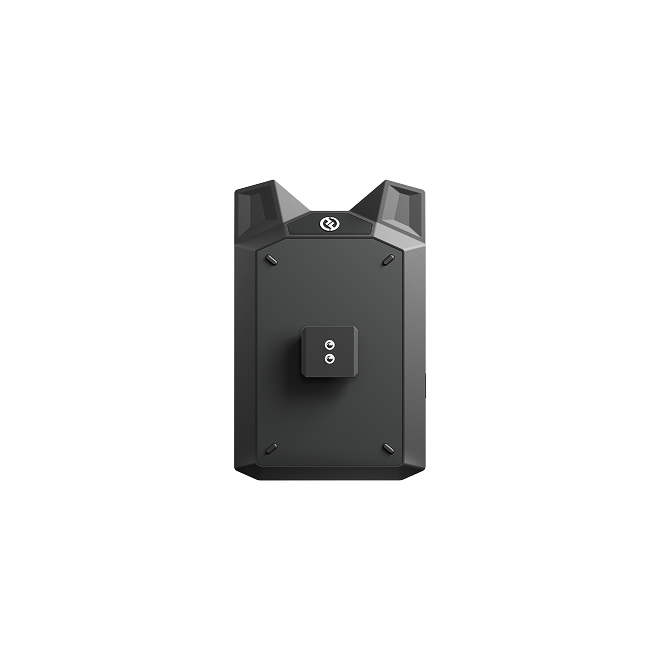

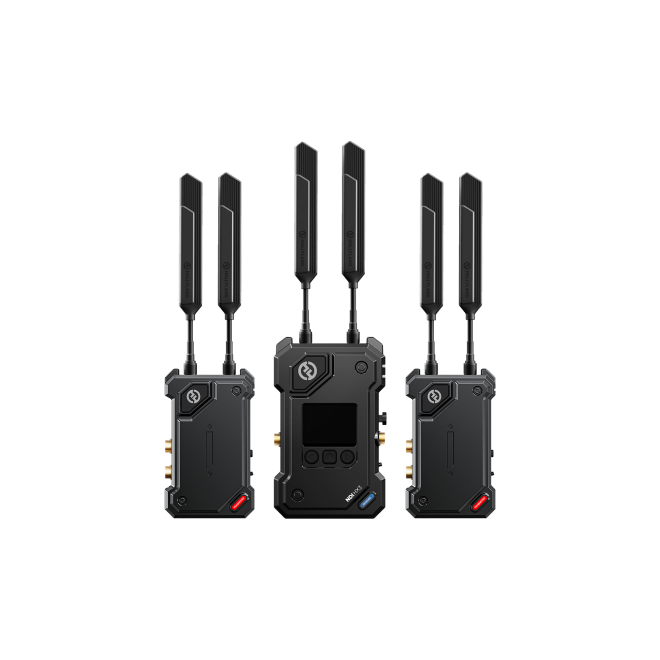
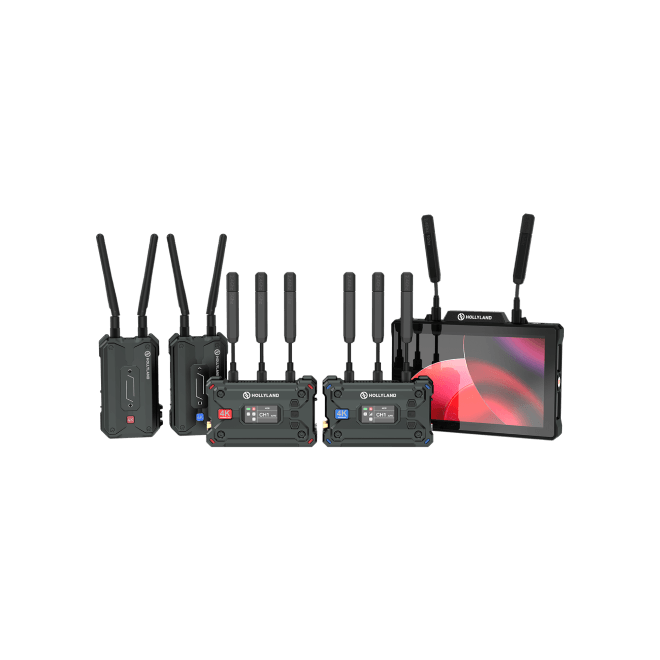
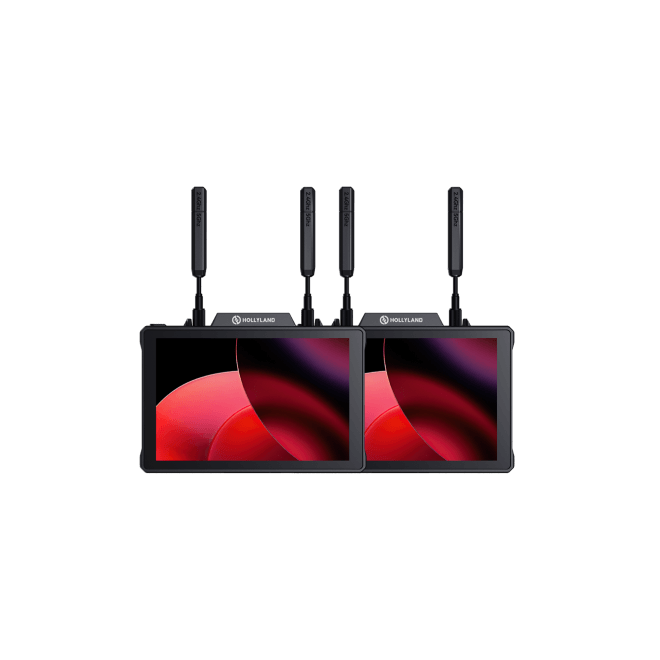
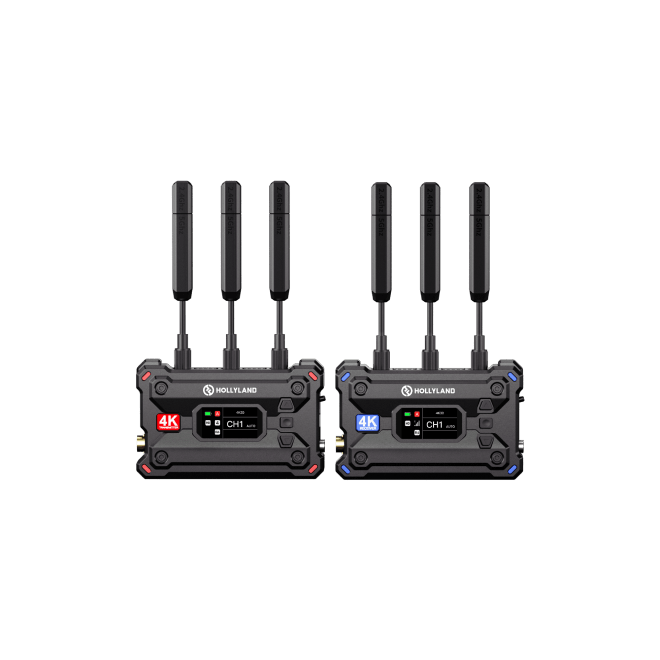
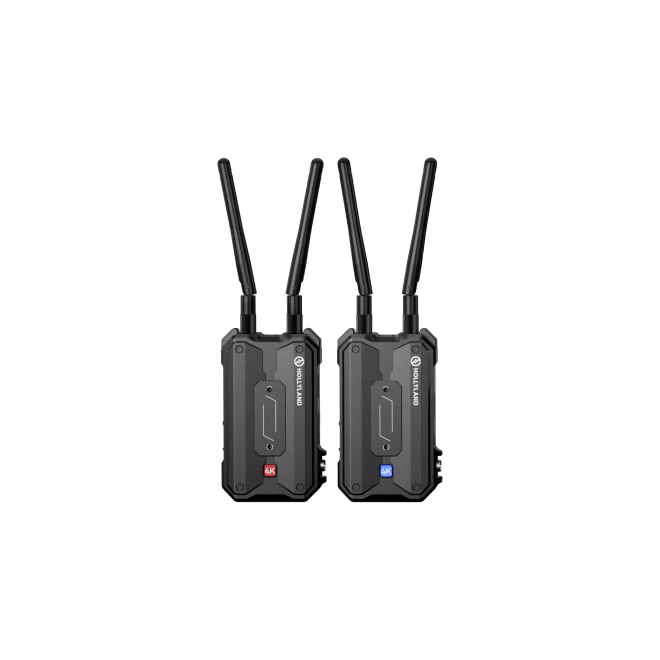
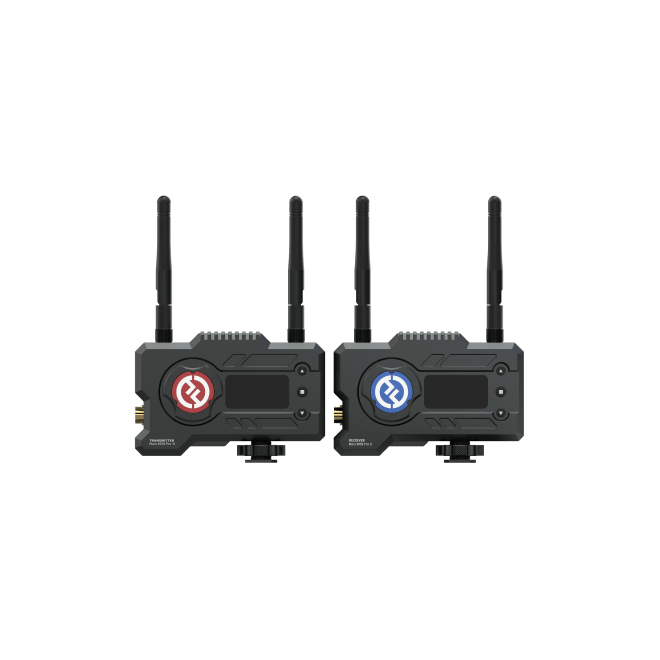
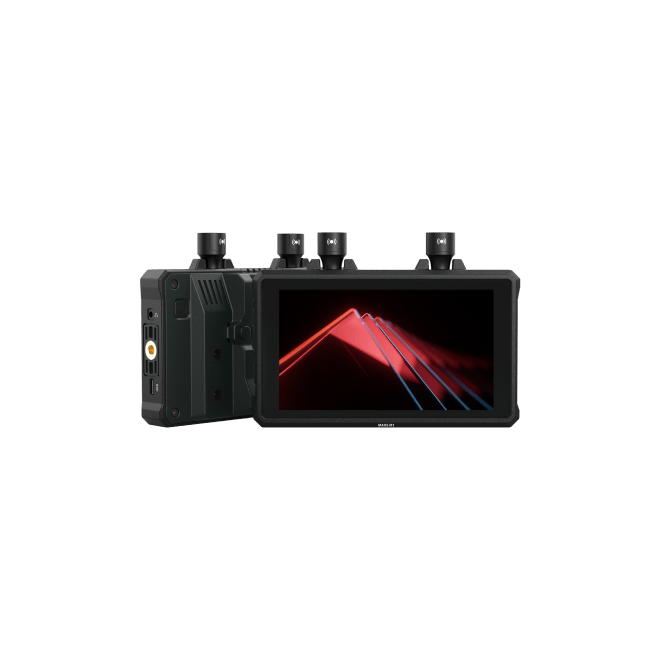
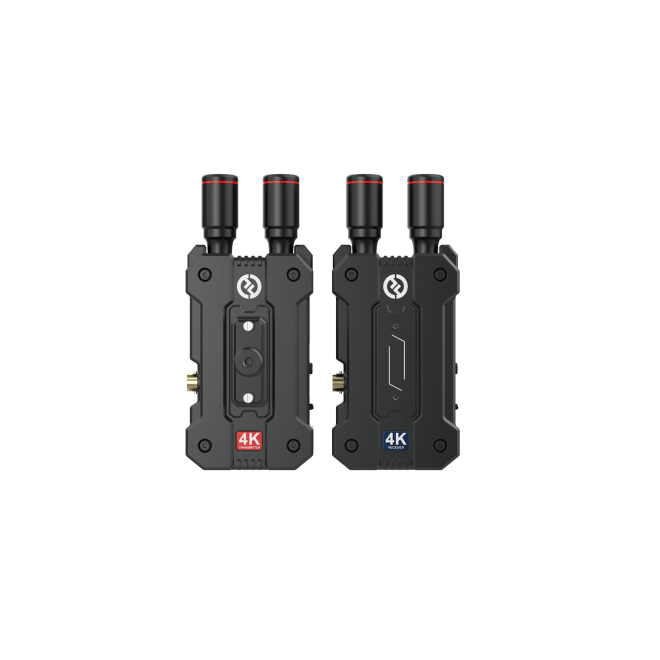
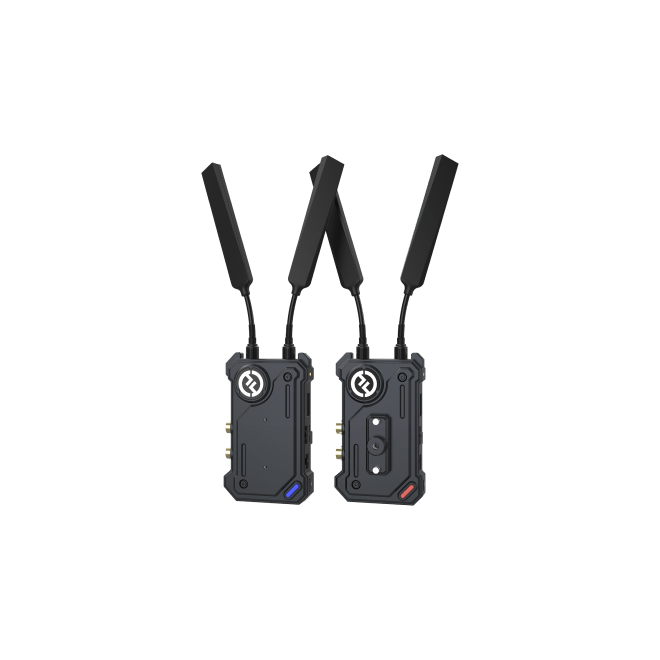
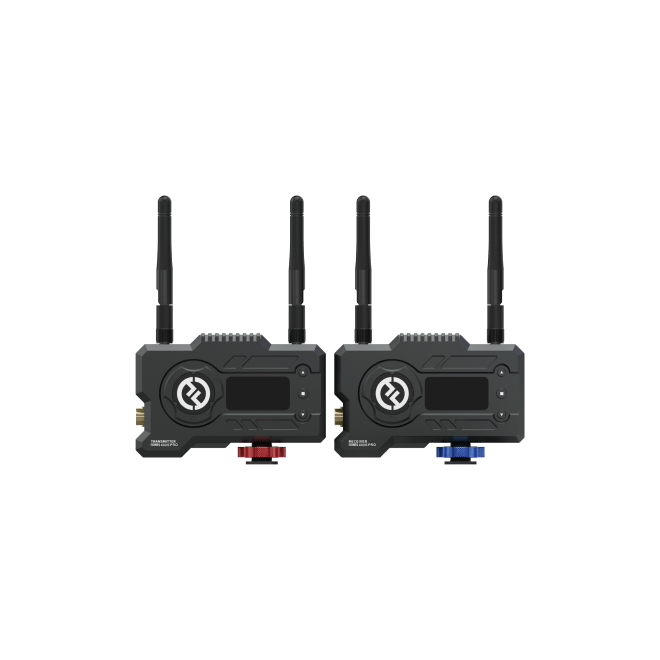
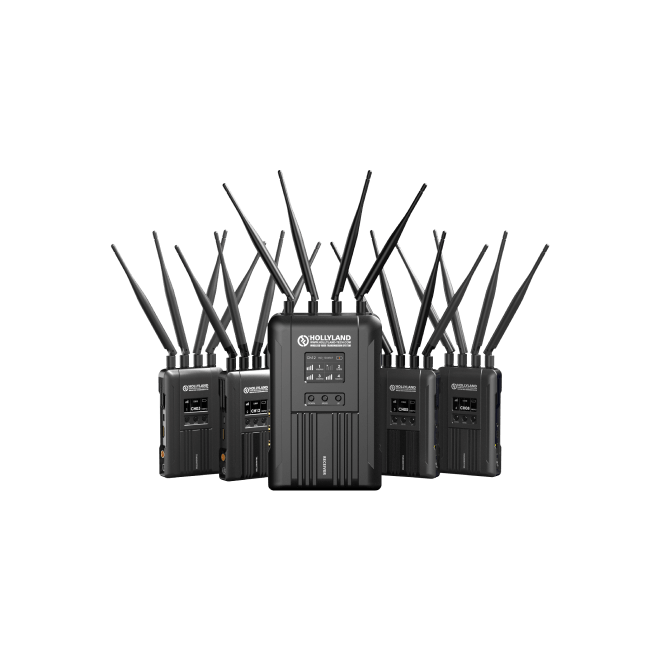


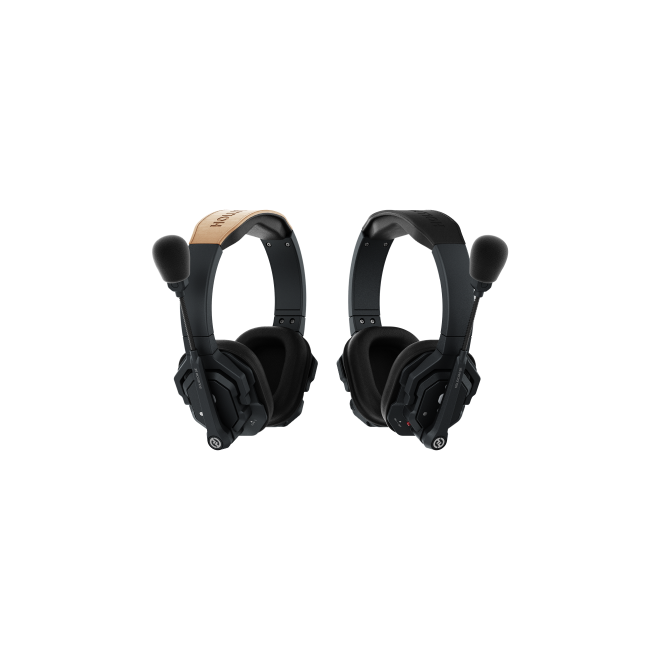
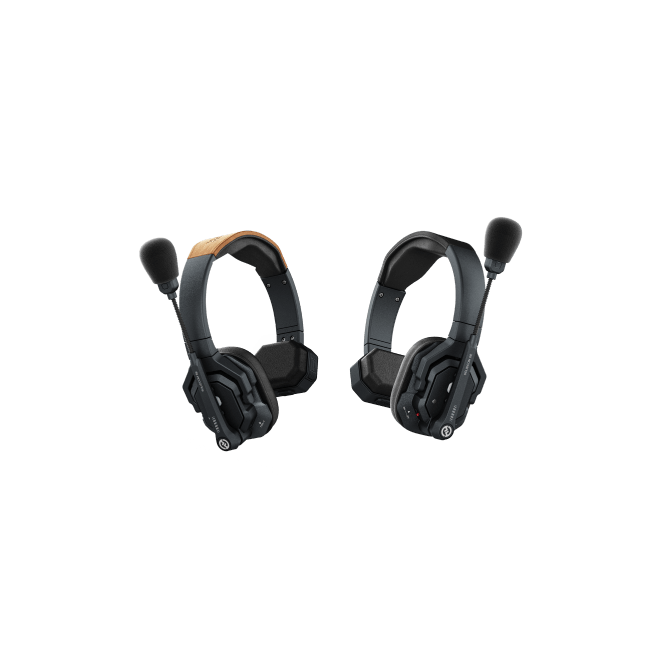
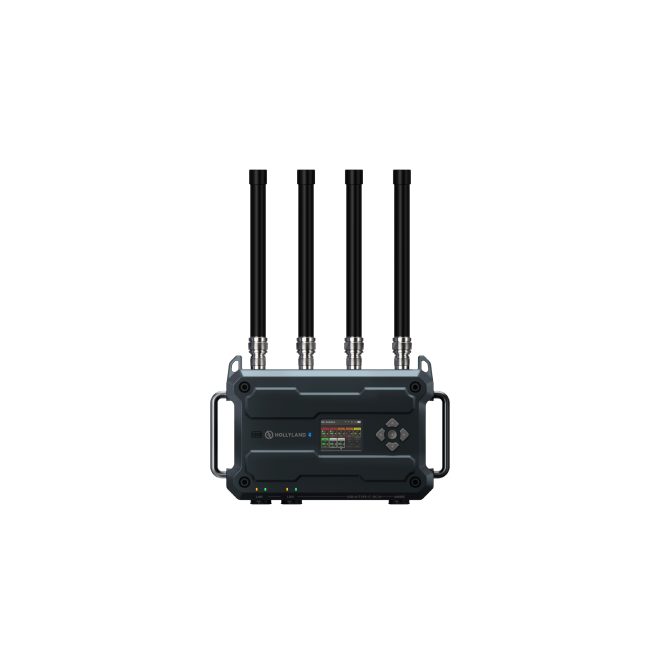
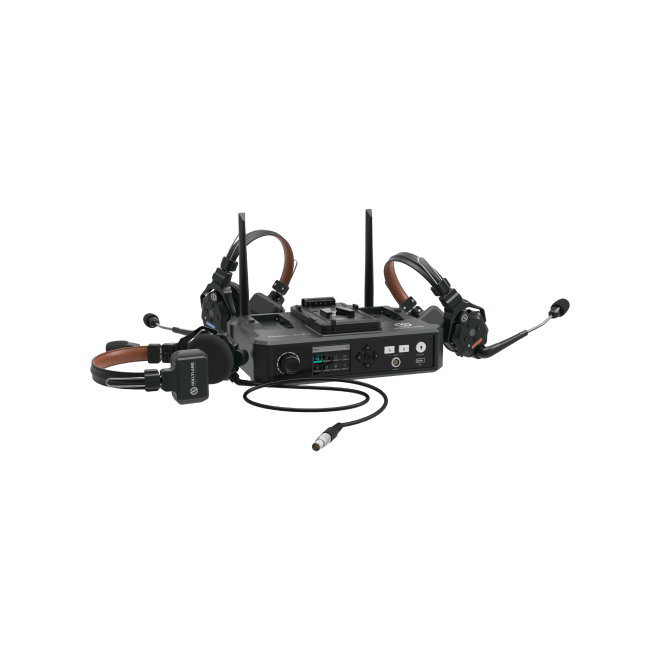
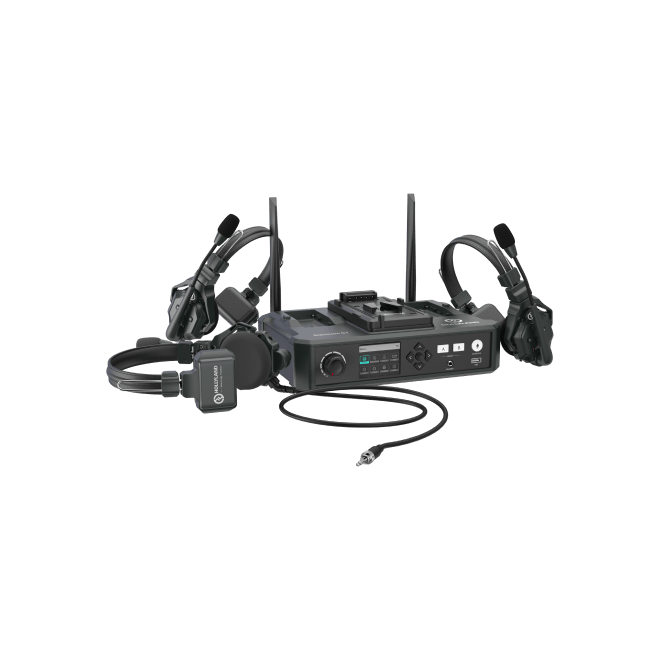
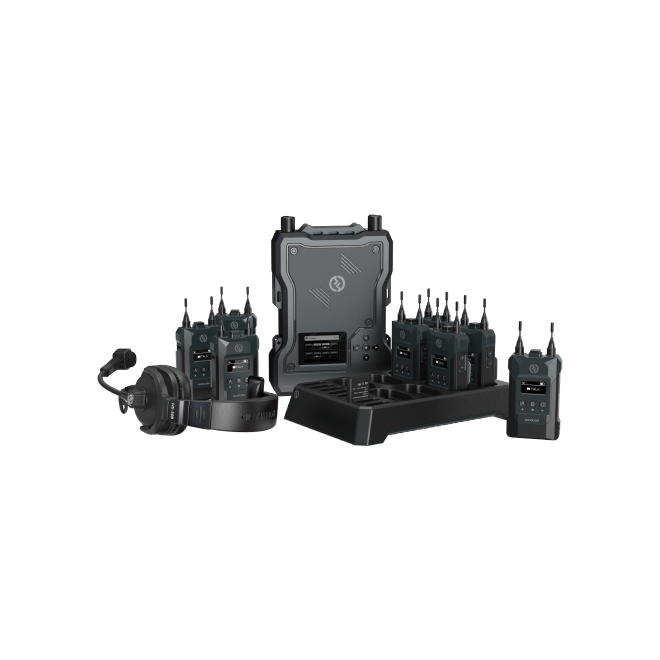
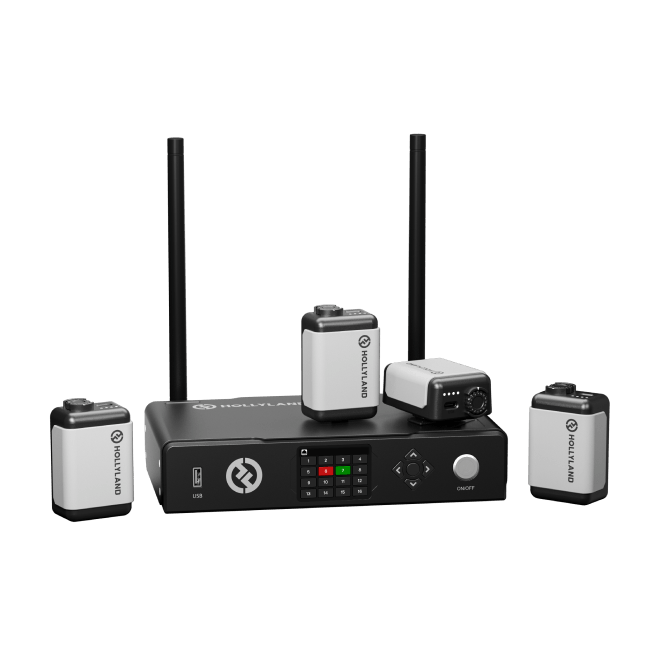
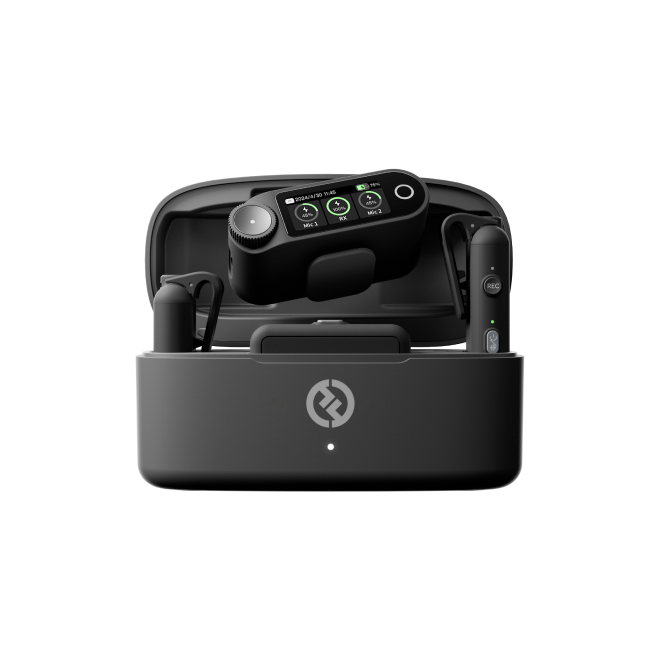


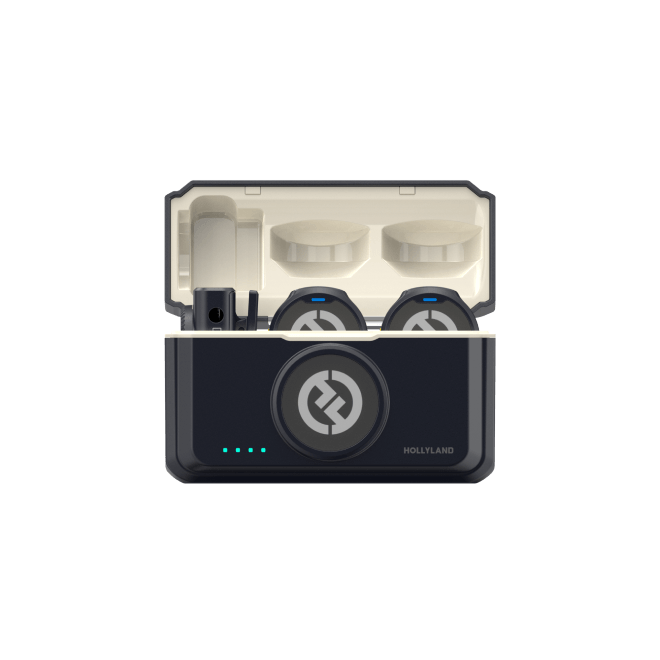
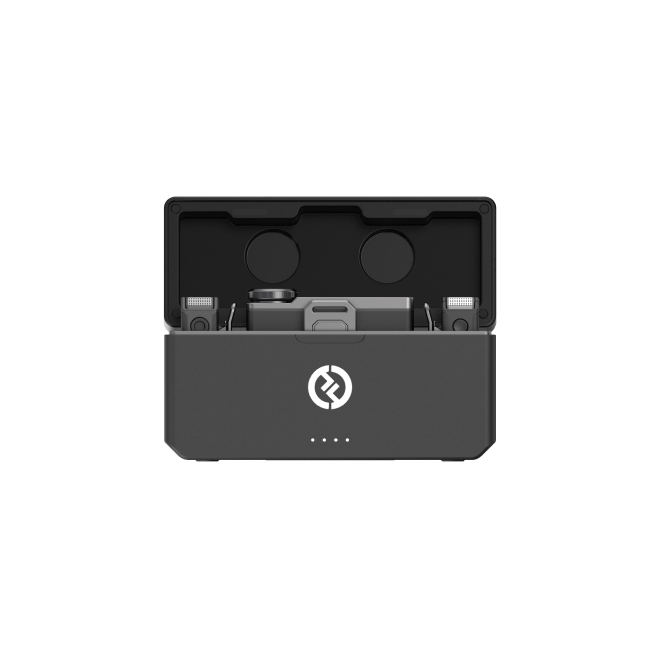
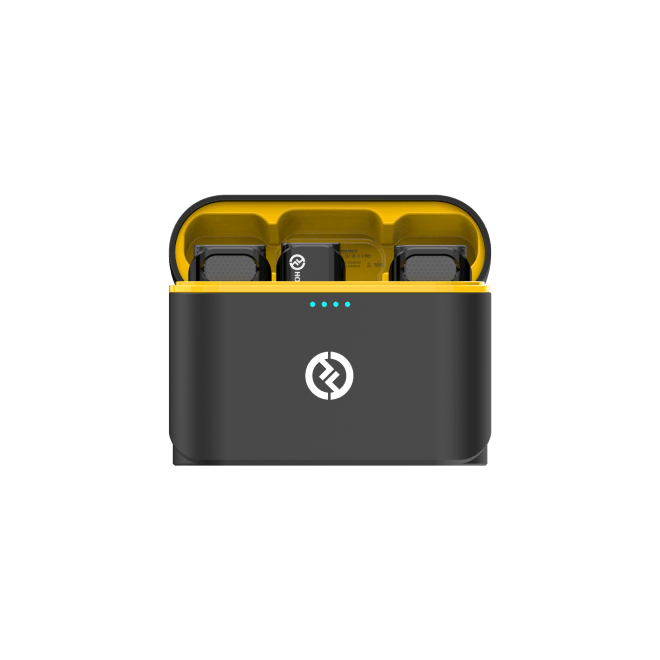
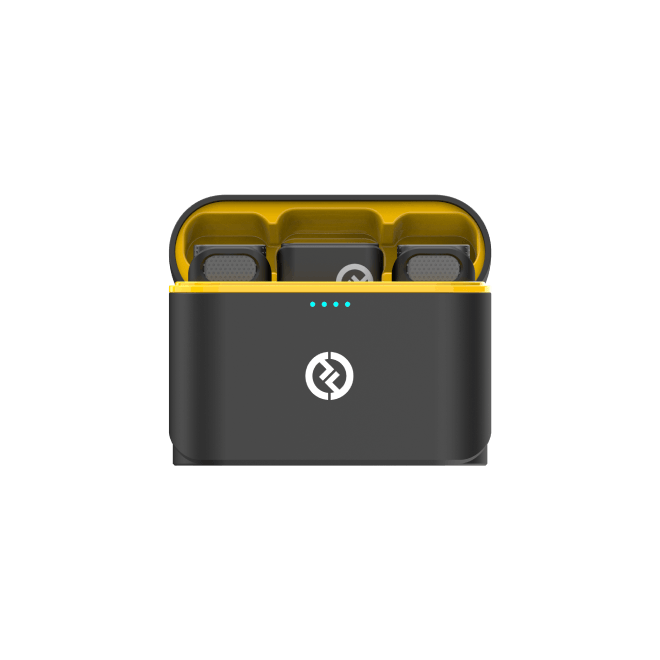
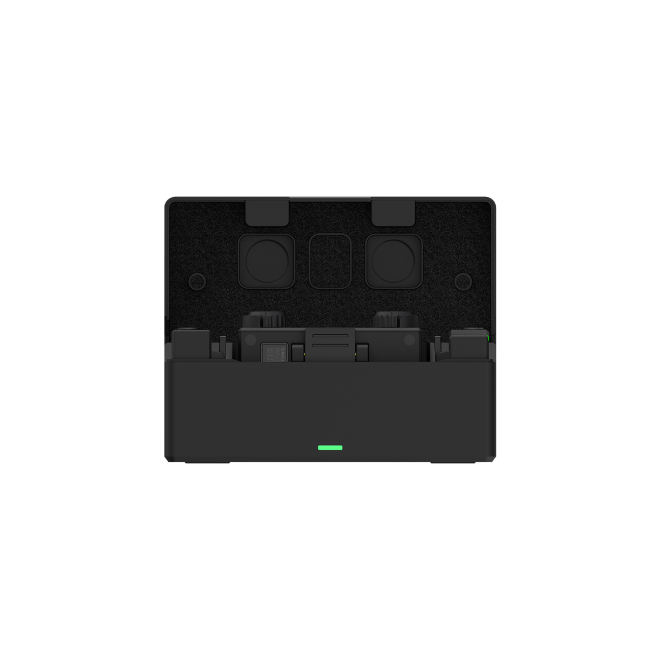
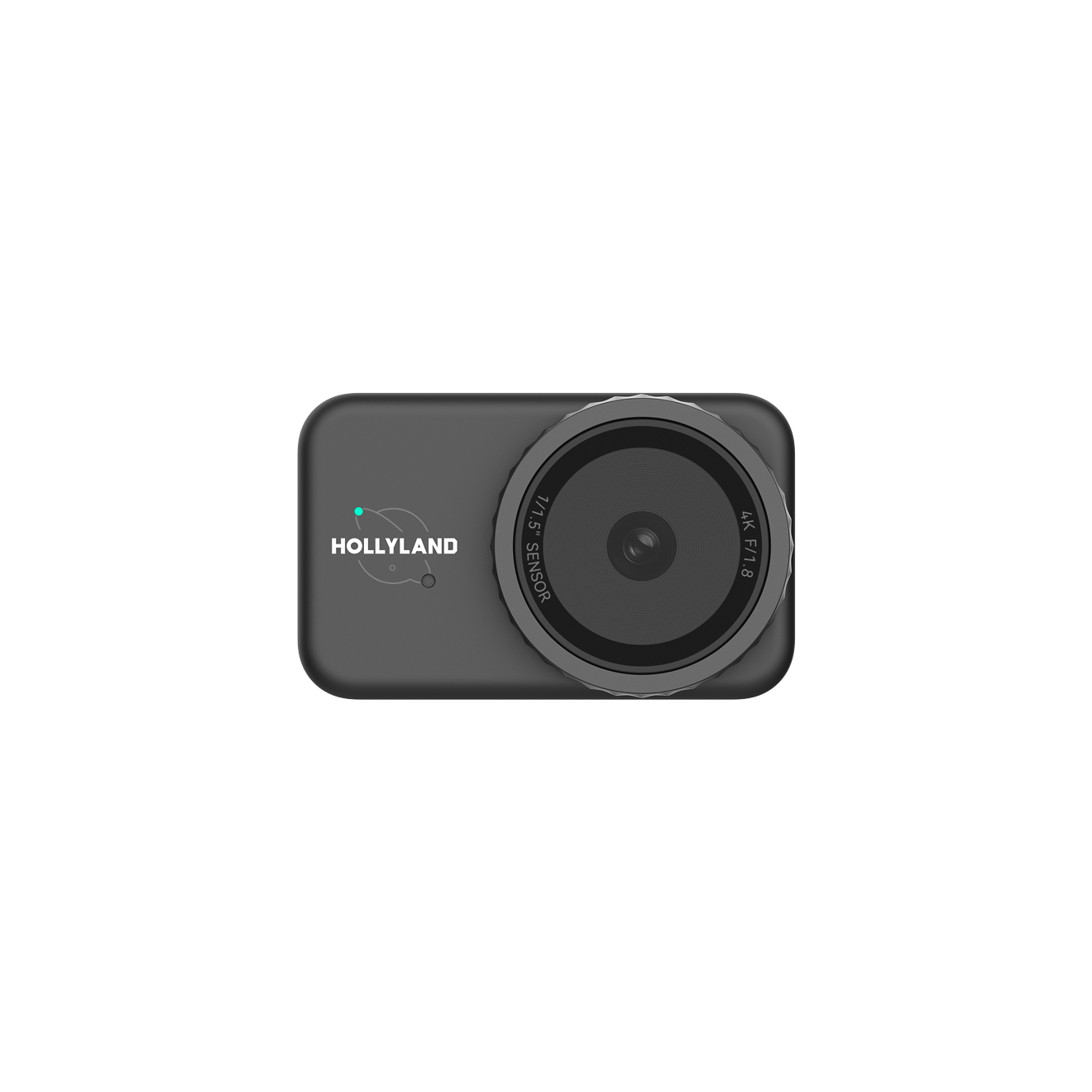

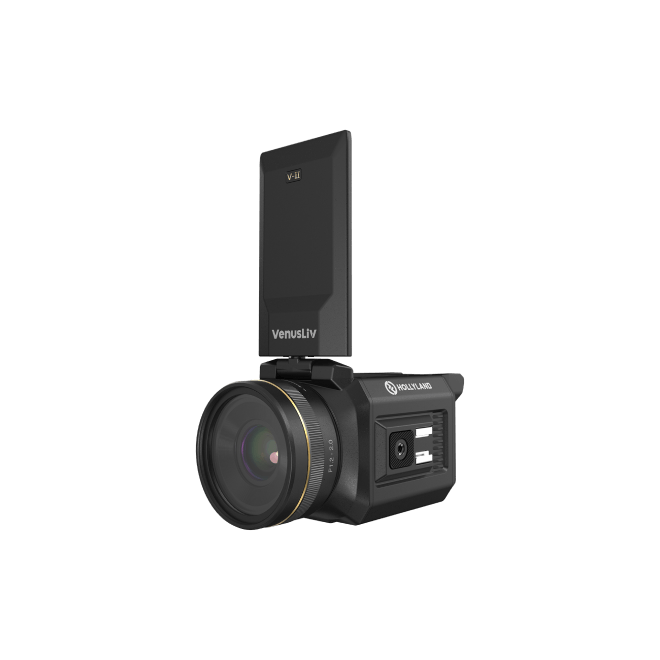
.png)


